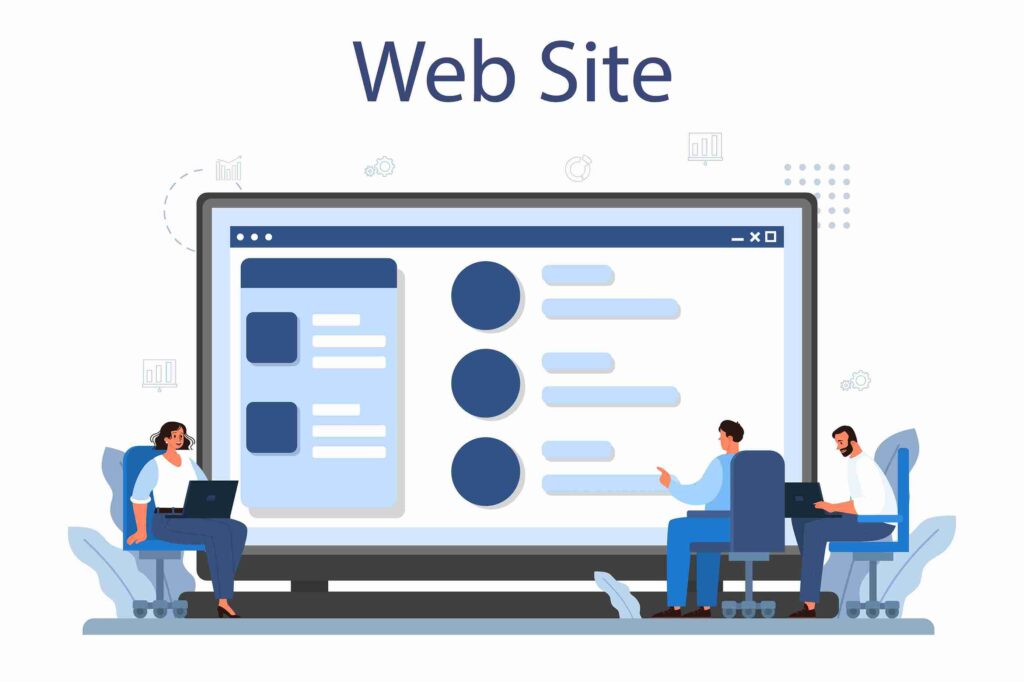Public Web Portal Development
IT Chimes is one of the leading company in Public Web Portal development. For over 10+ years, web portal development has been building up tough competencies to become the right partner for your web portal project. We help you in collaborating, connecting and share data with your clients in a better manner. The portals developed by us help our clients in meeting their objectives and improving the bottom line of the company.
Benefits
Streamlined Operations
We help you in synchronizing different business operations and processes through integration and automation with third party. This will streamline all your business operations.
Effective Interactions
We build an engaging and effective platform for your customers on mobile and web devices.
Safe And Complete Access
We help you in having secure login using SSL on the pages transmitting customer information.
Seamless Integration
Get seamless integration between third party and your existing portal with our modular approach.
Access To Multiple Users
With our frameworks and tools we help you in building multi user access with well defined permission for different user type.
Why Us
Robust Web Portals
Our team of developers are skilled at building robust web portals that can fulfill all the needs of your diverse range of customers.
Customer Centric Approach
We adopt customer centric approach, starting with listening to our customer, analysing their plan and objectives and then coming up with the best solutions.
Dedicated Team
IT Chimes professional developers are expert in developing web portals on various platforms like Drupal, Joomla, WordPress and etc.
Scalability
We even customize off shelf product providing our clients with an access to various modules ( chart, calendars and discussion forum) that can be integrated with their portal easily.

Frequently Asked Questions
Key features of a successful public web portal include:
- User-friendly interface
- Responsive design for various devices
- Robust search functionality
- Personalization options
- Secure access and data protection
- Integration with other services and APIs
- Accessibility compliance
- Regular updates and maintenance.
Common technologies used in web portal development include:
- Front-end: HTML, CSS, JavaScript, frameworks like React, Angular, or Vue.js
- Back-end: Node.js, Python (Django, Flask), PHP (Laravel), Java (Spring Boot)
- Databases: MySQL, PostgreSQL, MongoDB
- APIs: REST, GraphQL
- Cloud services: AWS, Google Cloud, Azure.
Ensuring the security of a public web portal involves:
- Implementing HTTPS to encrypt data in transit
- Regular security audits and vulnerability assessments
- Strong authentication and authorization mechanisms
- Secure coding practices to prevent common vulnerabilities like SQL injection and cross-site scripting (XSS)
- Data encryption and secure storage
- Regular updates and patching of software components.
The cost of developing a public web portal can vary widely depending on factors such as the complexity of features, design requirements, technology stack, development time, and whether it’s built in-house or outsourced. A basic portal might start at a few thousand dollars, while more complex or custom solutions could cost significantly more.
The development timeline for a public web portal depends on its scope and complexity. A basic portal might take 3-6 months, while a more complex portal with custom features and integrations could take 6-12 months or longer, including planning, development, testing, and deployment phases.
The steps involved in public web portal development typically include:
- Requirement gathering and analysis
- Planning and designing the portal architecture
- UI/UX design
- Development of front-end and back-end
- Integration with third-party services and APIs
- Testing (functional, security, performance)
- Deployment and go-live
- Ongoing maintenance and updates.
Ensuring accessibility in a public web portal involves:
- Following WCAG (Web Content Accessibility Guidelines)
- Using semantic HTML and ARIA roles
- Providing text alternatives for non-text content
- Ensuring keyboard navigability
- Offering sufficient color contrast and readable fonts
- Conducting accessibility testing with tools and real users.
To improve user engagement, a public web portal can:
- Offer personalized content and recommendations
- Provide interactive features like forums, surveys, or feedback forms
- Ensure fast loading times and a smooth user experience
- Use clear navigation and a consistent layout
- Regularly update content to keep it relevant and interesting.
